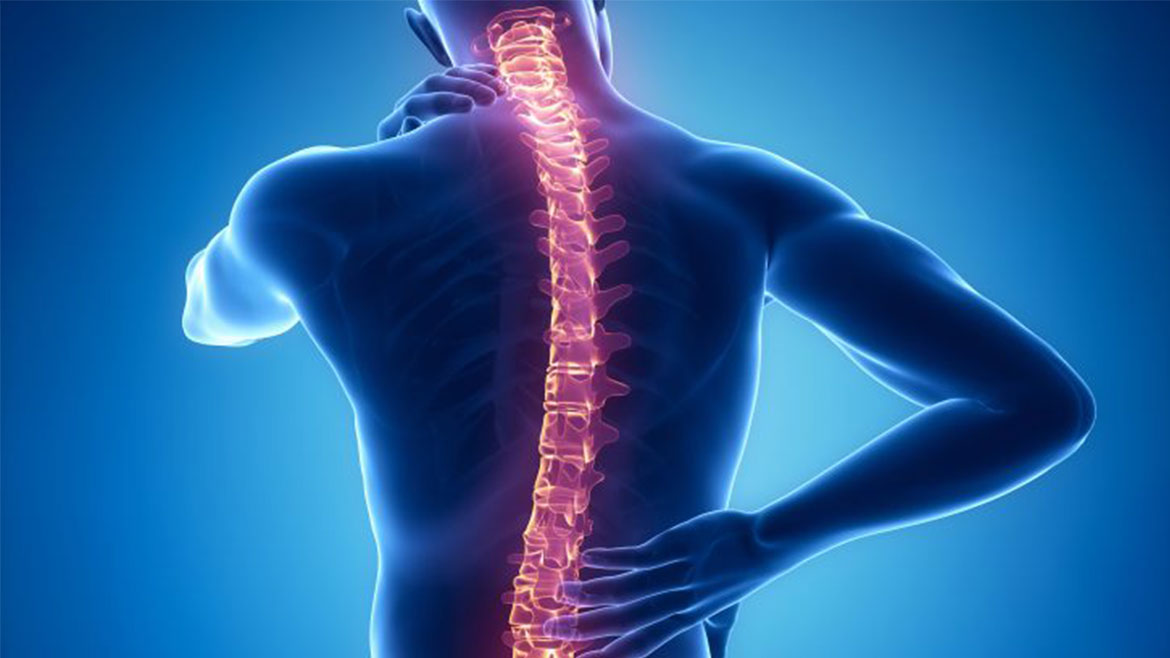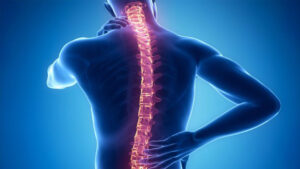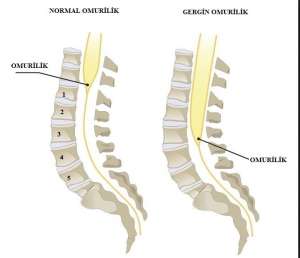
Tethered Cord Syndrome

Tethered Cord Syndrome
The spinal cord normally ends below the L2 level in the spine because the growth rate of the spinal bones is faster than the growth rate of the spinal cord.
Tethered cord syndrome (TWS) is a condition in which the spinal cord ends below the L2 level and causes various dermatological, neurological, urological, and orthopedic problems. TWS can occur alone or in association with conditions in which the spinal cord sac ruptures or becomes encased outside the skin (meningocele, meningomyelocele, lipomeningomyelocele, myeloschystocele, diastematomelia, syringomyelia, and dermal sinusitis).
Symptoms
Dermatology (SKIN) Findings:
Hair growth, dimples, pitted redness and holes on the skin of the waist may be signs of a tense spinal cord.
Orthopedic findings:
There may be inward turning of the feet and curvature of the legs.
Urological findings:
There may be a delay in urinary control or later urinary incontinence.
Diagnosis and Treatment
In children who are monitored for these conditions, an MRI should be performed and if a tethered spinal cord is detected, spinal cord release should be performed.

